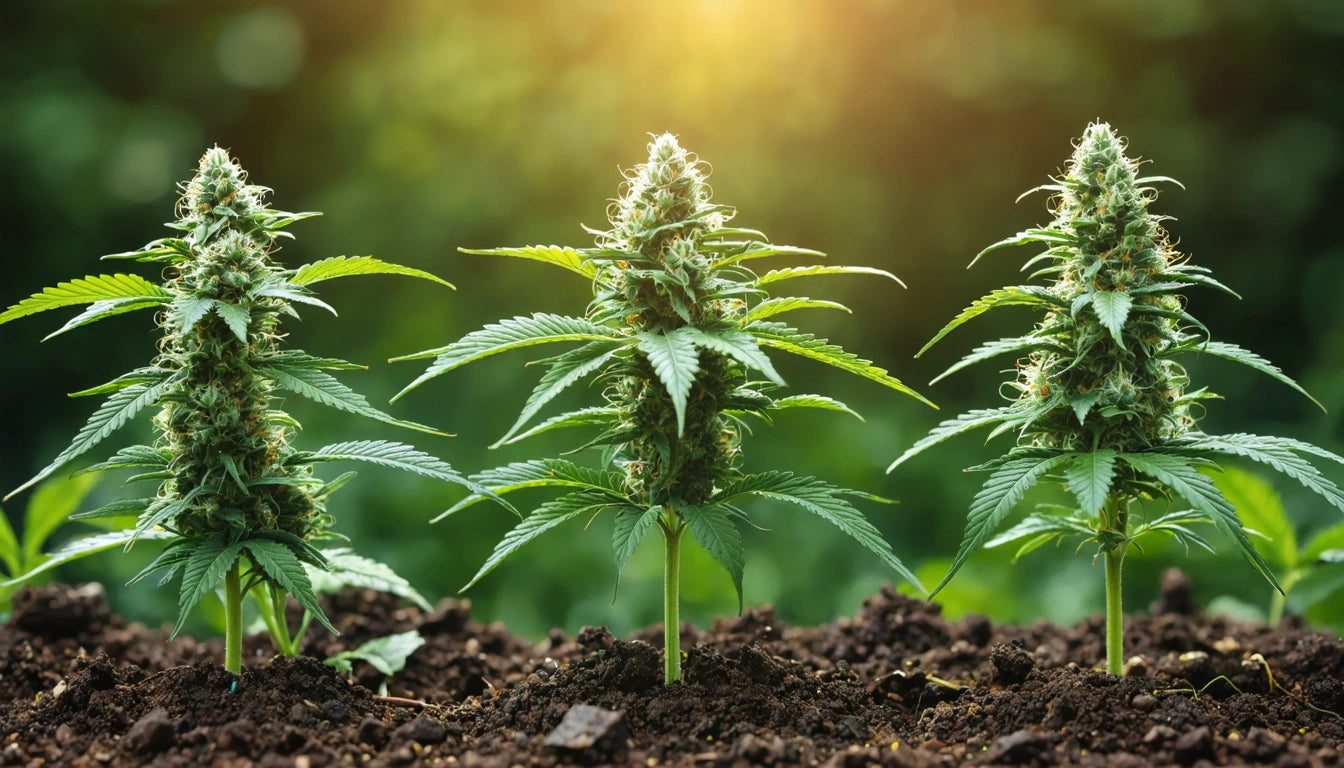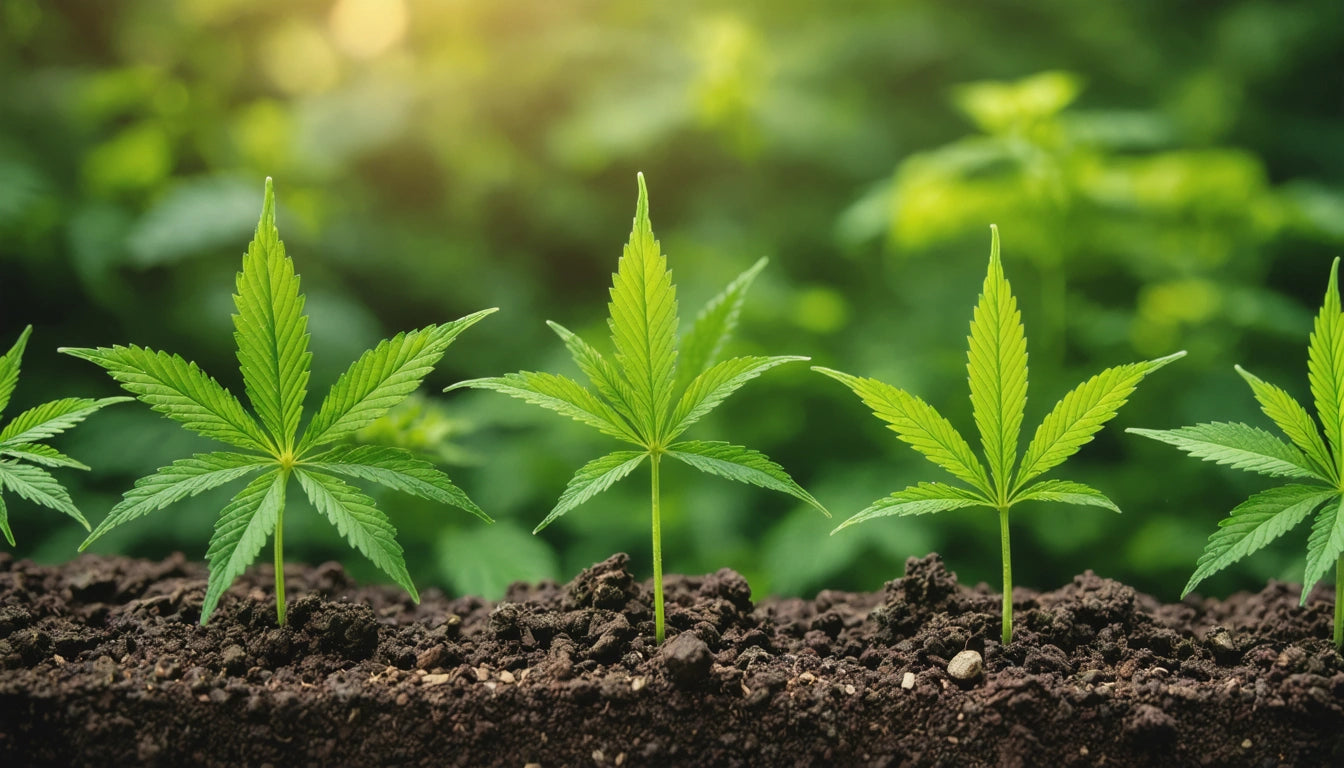Table of Contents
- California Cannabis Cultivation Laws: What's Legal?
- Cultivation Limits and Restrictions for Home Growers
- Property Rights Considerations When Growing Cannabis
- Staying Compliant with State and Local Regulations
- Cultivation Best Practices for California Home Growers
- Legal Protection Strategies for California Cannabis Cultivators
Legal Guidelines for Growing Marijuana at Home in California
Since the passage of Proposition 64 in 2016, adults in California have been able to legally grow cannabis at home for personal use. If you're wondering "can you grow weed in California?" the short answer is yes, but with specific limitations and requirements. Understanding these regulations is essential for anyone looking to cultivate marijuana without legal complications.
California Cannabis Cultivation Laws: What's Legal?
California law permits adults 21 and older to grow marijuana at home. Under state law, individuals can cultivate up to six plants per residence, regardless of how many adults live there. This limit applies to the household, not per person, which is an important distinction compared to some other states where home cultivation is legal.
The Adult Use of Marijuana Act (AUMA) established these baseline regulations, but it's crucial to understand that local jurisdictions may have additional restrictions. While cities and counties cannot completely prohibit indoor growing in private residences, they can regulate it through reasonable restrictions.
Cultivation Limits and Restrictions for Home Growers
Plant Count Limitations
The six-plant limit is strictly enforced throughout California. Exceeding this number can result in misdemeanor charges for cultivation without proper licensing. For medical marijuana patients, the limits may differ based on physician recommendations and local regulations, but the standard recreational limit remains six plants per household.
As detailed in this guide on California's legal limits, understanding these restrictions is essential before starting your home garden.
Location Requirements
Cannabis plants must be grown in a private residence or on the grounds of that residence. Additionally, plants must be in a locked space not visible from a public place. This means your plants should be:
- Inside your home
- In a locked greenhouse or shed
- In a secured outdoor area not visible from streets or public areas
Many growers find that maintaining optimal growing conditions requires specialized equipment, including humidity control solutions for cannabis storage to preserve the quality of their harvest.
Property Rights Considerations When Growing Cannabis
Even though growing cannabis is legal under state law, property owners maintain significant rights that can impact your ability to cultivate.
Renters vs. Homeowners
If you rent your home, your landlord can prohibit cannabis cultivation on their property. Lease agreements often include clauses specifically addressing marijuana growing, and violating these terms could result in eviction. Always review your lease and, if necessary, obtain written permission before starting a home grow operation.
HOA Restrictions
Homeowners Associations may also implement rules restricting cannabis cultivation within their communities. These restrictions are generally enforceable, even though growing is legal under state law. Review your HOA covenants before beginning cultivation.
Staying Compliant with State and Local Regulations
Compliance extends beyond simply keeping your plant count at or below six. You'll need to navigate both state and local regulations to ensure your home grow operation remains legal.
Local Ordinances
Cities and counties throughout California have implemented various restrictions on home cultivation. Some common local regulations include:
- Permits or registration requirements
- Specific security measures
- Restrictions on growing methods
- Limitations on where within a residence plants can be grown
Before planting, check with your local government to understand any city or county-specific rules that apply to your area. This information is typically available through municipal websites or by contacting local cannabis regulatory departments.
Medical vs. Recreational Considerations
Medical marijuana patients may have different rights regarding cultivation compared to recreational users. In some jurisdictions, patients with a valid recommendation may be permitted to grow more than six plants if medically necessary. However, this varies by location and requires proper documentation.
California's legal cannabis landscape continues to evolve, with purchasing regulations and cultivation laws being refined over time.
Cultivation Best Practices for California Home Growers
Beyond legal compliance, successful home cultivation requires attention to growing best practices. California's diverse climate zones create varied growing conditions throughout the state.
Indoor vs. Outdoor Growing
While both indoor and outdoor cultivation are legal (subject to the visibility and security requirements), each approach has distinct advantages:
- Indoor growing offers greater control over environmental conditions and year-round cultivation possibilities
- Outdoor growing typically yields larger plants and may be more cost-effective, but is seasonal and more challenging to secure from public view
Many California growers use a hybrid approach, starting plants indoors and moving them outdoors during appropriate seasons. This approach is particularly common in regions with favorable growing climates, as highlighted in this exploration of California's cannabis culture.
Security Considerations
Securing your plants isn't just a legal requirement, it's also practical protection against theft. Consider:
- Motion-activated lighting for outdoor grows
- Secure locks on grow room doors
- Privacy screens or fencing for outdoor cultivation
- Avoiding discussing your grow operation with strangers
These security measures help ensure compliance while protecting your investment in cultivation.
Legal Protection Strategies for California Cannabis Cultivators
Even when following all regulations, home growers should take steps to protect themselves legally. California's legal status for cannabis doesn't change federal prohibition, creating a complex legal landscape.
Keep thorough records of your grow operation, including:
- Documentation of plant count
- Medical recommendations if applicable
- Any local permits or registrations
- Proof of age for all cultivators
Understanding your rights is essential, particularly regarding law enforcement interactions. While legal under state law, cannabis cultivation remains federally illegal, creating potential complications in certain circumstances.
As cannabis laws continue to evolve across the United States, California remains at the forefront of progressive policies. Home cultivation rights represent an important aspect of personal freedom while requiring responsible compliance with reasonable regulations. By understanding and following these guidelines, Californians can legally grow their own cannabis while avoiding unnecessary legal complications.











Leave a comment
All comments are moderated before being published.
This site is protected by hCaptcha and the hCaptcha Privacy Policy and Terms of Service apply.